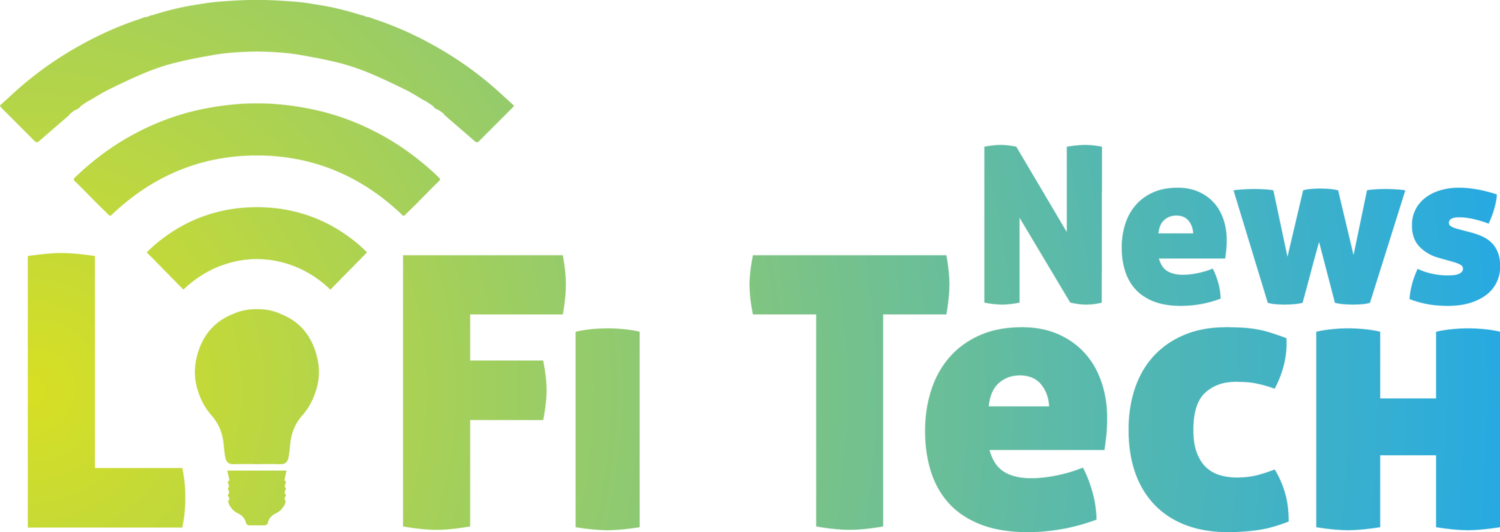Professor Harald Haas Nominated as One of The Finalists of The European Inventor Award 2023
Photo credit to EIA
Professor Haas Nomination
From an announcement on his LinkedIn profile and on the University of Strathclyde’s website, Professor Harald Haas and his team has been selected as one of the finalists in the Research category of the European Inventor Award.
Professor Haas said the following statements:
“It is a huge honour to have been nominated for this award. There is a huge ocean in front of us that we want to leverage for mobile communications. We only need to step out of the crowded pool.
“In my heart, I'm an engineer. I really want to do science for the benefit of humanity. I want to develop things that improve the quality of our lives.”
Professor Haas is named as inventor on a number of European patents and in 2012, he co-founded an academic spinoff called pureLiFi™, to commercialise LiFi™ devices, and remains its Chief Scientific Officer (CSO) and member of the Board of Directors.
The European Inventor Award is a global, highly recognised innovation prize that celebrates the Tomorrow Shapers - inventors whose perseverance, ingenuity and creativity are paving the way to a brighter future.
The driving force behind the innovation process is people with a passion for discovery. Without their inquisitive minds, their quest for new ideas and their creativity, there would be no inventive spirit and no progress. As one of the most prestigious competitions of its kind, the European Inventor Award pays tribute to the creativity of inventors the world over, who use their technical, scientific and intellectual skills to contribute to technological progress, thereby driving and economic growth and improving people's daily lives.
Launched by the EPO in 2006, the award gives inventors the recognition they deserve. And, like every competition, it acts as an incentive for other potential winners. It helps to protect ideas and encourage innovation.
Article source: https://www.strath.ac.uk/whystrathclyde/news/2023/pioneeringli-fiprofessorselectedasfinalistforeuropeaninventoraward2023/
What is LiFi?
LiFi, also known as "Light Fidelity" is a wireless optical networking technology, which uses light-emitting diodes (LEDs) to transmit data. In 2011, Professor Harald Haas made a LiFi demonstration at the TED (Technology, Entertainment, Design) Global Talk on Visible Light Communication (VLC).
VLC uses light as a medium to deliver high-speed communication like Wi-Fi and complies with the IEEE standard IEEE 802.15.7. The IEEE 802.15.7 is a high-speed, bidirectional, and fully networked wireless communication technology-based standard similar to Wi-Fi's IEEE 802.11.
How does LiFi work?
LiFi is a high speed, bidirectional, and fully networked wireless communication of data using light. LiFi constitutes of several light bulbs that form a wireless network.
When an electrical current goes through to a LED light bulb, a stream of light (photons) emits from the lamp. LED bulbs are semiconductor devices, which means that the brightness of the light flowing through them can change at extremely high speeds. The signal is sent by modulating the light at different rates. The signal can then be received by a detector that interprets the changes in light intensity (the signal) as data. Also when the LED is ON, you transmit a digital 1, and when it is OFF, you transmit a 0.
LiFi Benefits
The primary benefits of LiFi are as follows:
• Security: Provides entirely secure access. Where there is no light there is no data.
• Safety: Does not produce electromagnetic radiation and does not interfere with existing electronic systems.
• Localisation: Allows localisation due to the small coverage area of LiFi access point - localisation can be used for very precise asset tracking.
• Data density: Provides ubiquitous high-speed wireless access that offers substantially greater data density (data rate per unit area) than RF through high bandwidth reuse.
Credit to Oledcomm
LiFi Applications
LiFi can be used for so many applications and the list is increasing every year. You can read our updated list of Li-Fi applications at the following link:
Credit to pureLiFi
LiFi Systems Reviews by LiFi Tech News
OLEDCOMM LIFIMAX KIT REVIEW - ONE YEAR IN
We reviewed the LiFiMax kit produced by the leading French LiFi company Oledcomm. We bought this LiFi kit system at the end of 2020. After over a year of use, we decided to write a review of this LiFi system. We looked briefly at the profile of Oledcomm, a brief history of the LiFiMax system, the Kit box contents, some testing and performance results of this LiFi system, the customer experience and our own verdict (the good and the bad points) of the LiFiMax kit.
You can read the review on this link:
https://www.lifitn.com/blog/lifimaxreview
SIGNIFY TRULIFI 6002.1 STARTER KIT SYSTEM REVIEW
We also reviewed the Trulifi 6002.1 starter kit produced by Signify, the world leader in lighting for professionals, consumers and lighting for the Internet of Things. We got this LiFi kit system with the help of PCDSI and Signify around August 2021. In a similar fashion done with our previous review of the LiFiMax kit a few months ago, we will look briefly at the profile of Signify, a brief history of the Trulifi 6002.1 kit, the Kit box contents, some testing and performance results of this LiFi system, the customer experience and our own verdict (the good points and the bad points) of the Trulifi 6002.1 kit.
You can read the review on this link:
https://www.lifitn.com/blog/trulifi6002review
In conclusion, if you are also interested to hear more information about the OWNII Coin or enquire about LiFi devices such as the LiFiMax and Trulifi, you can contact us through our chatbot or by sending an email through our contact us form. If you enjoyed this post and would like to hear more updates about LiFi technology, subscribe to our newsletter. Don’t forget to subscribe to our social media accounts. You can also join our Telegram group about LiFi technology on this link:
https://t.me/joinchat/FMzOmsEKyJFrU6Af







